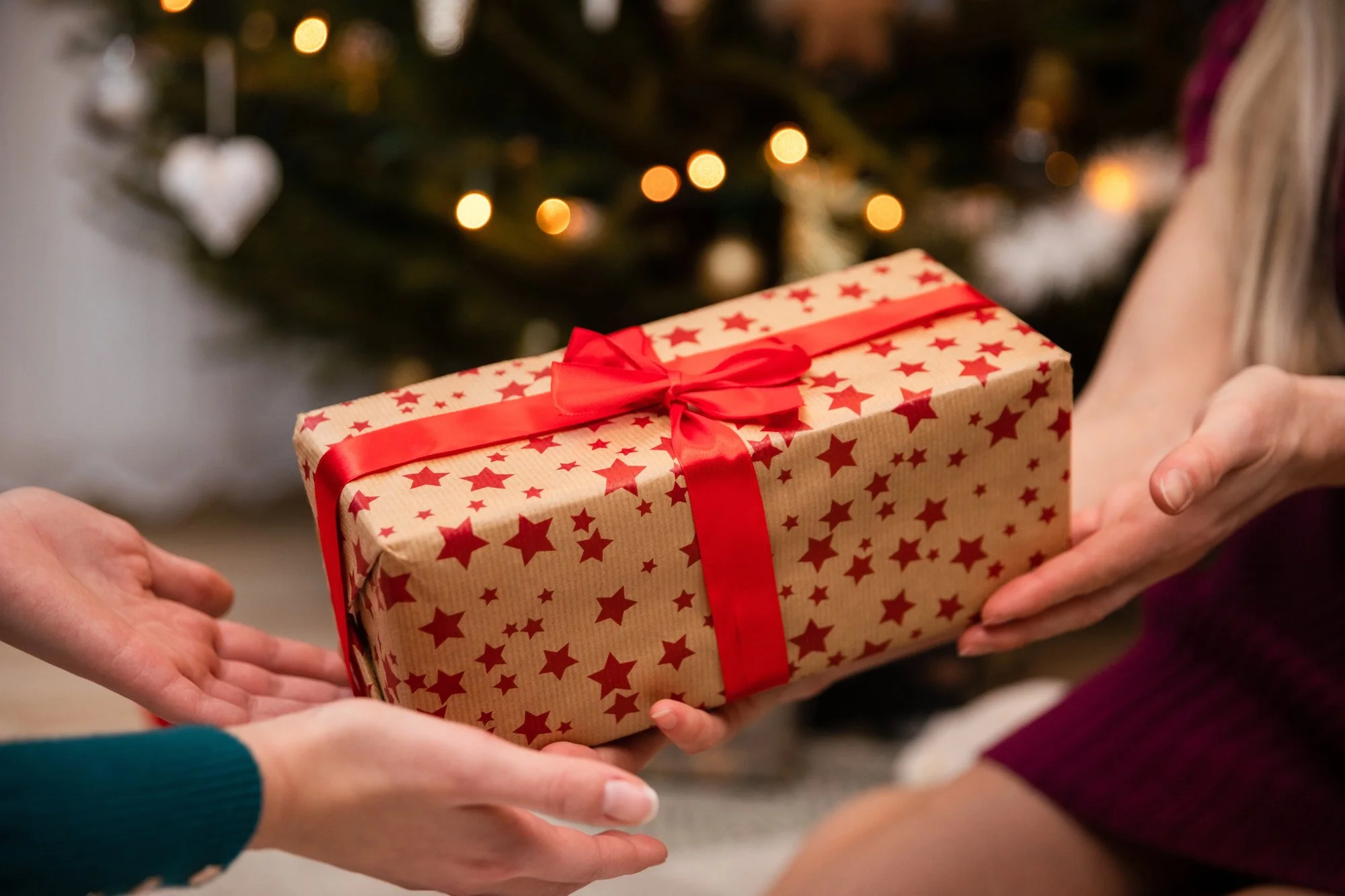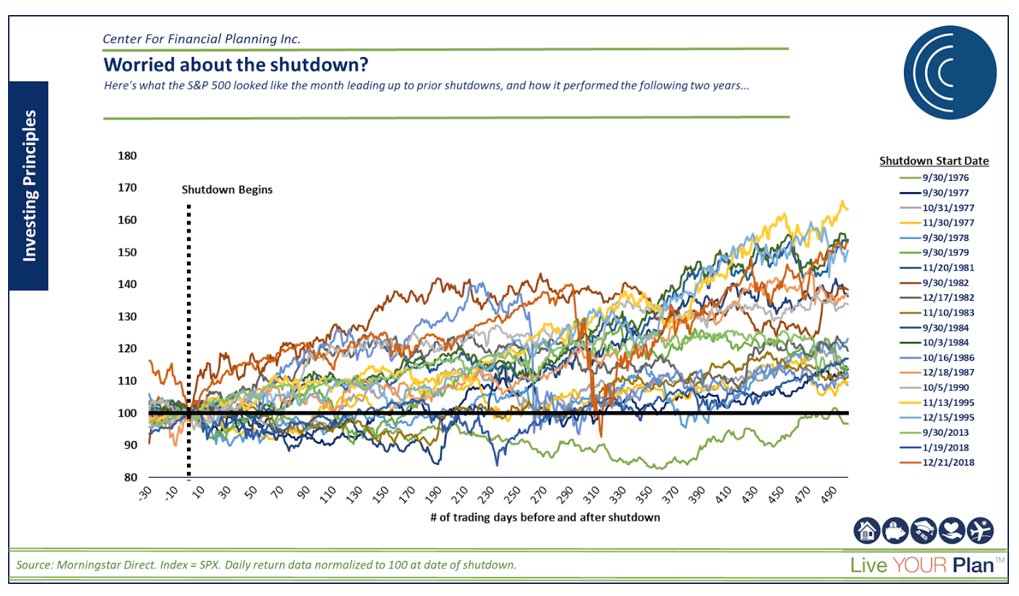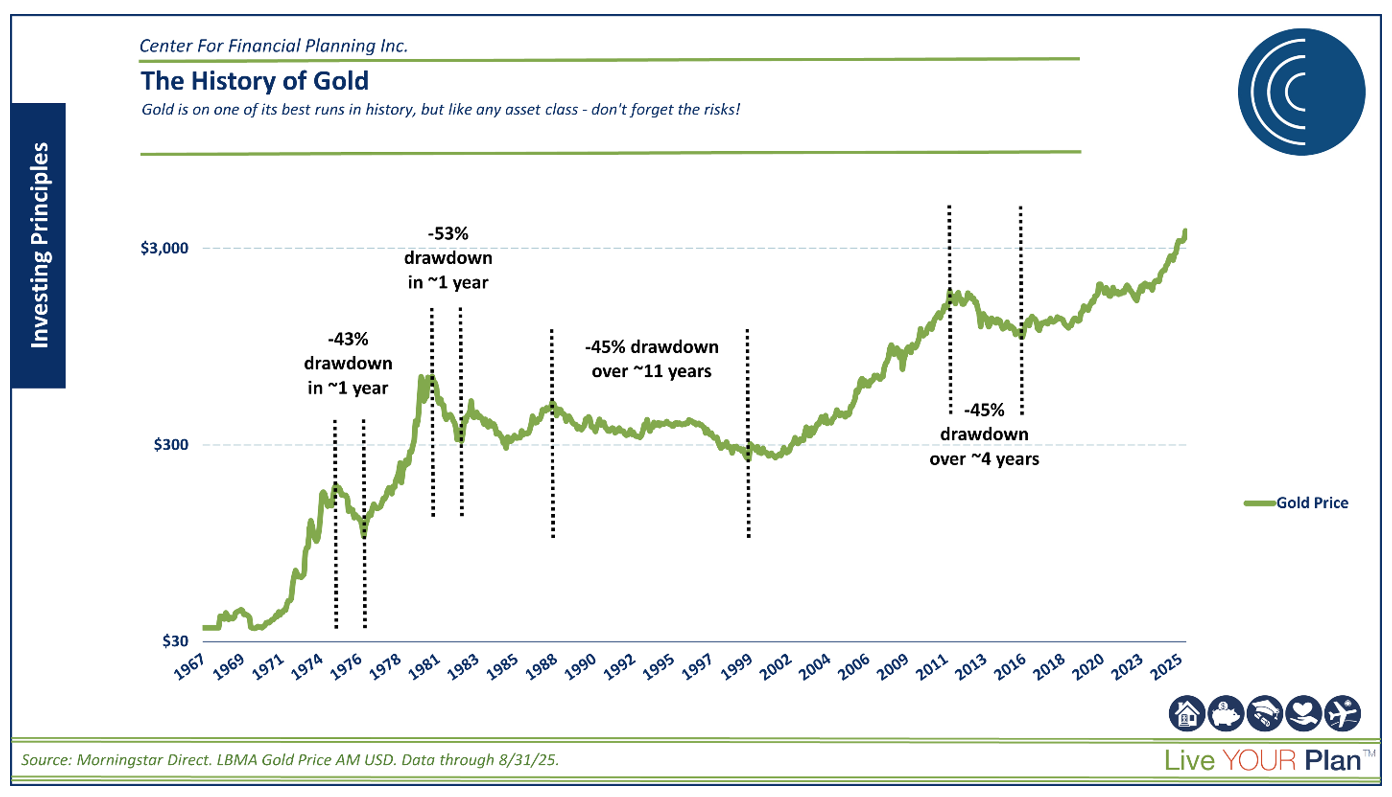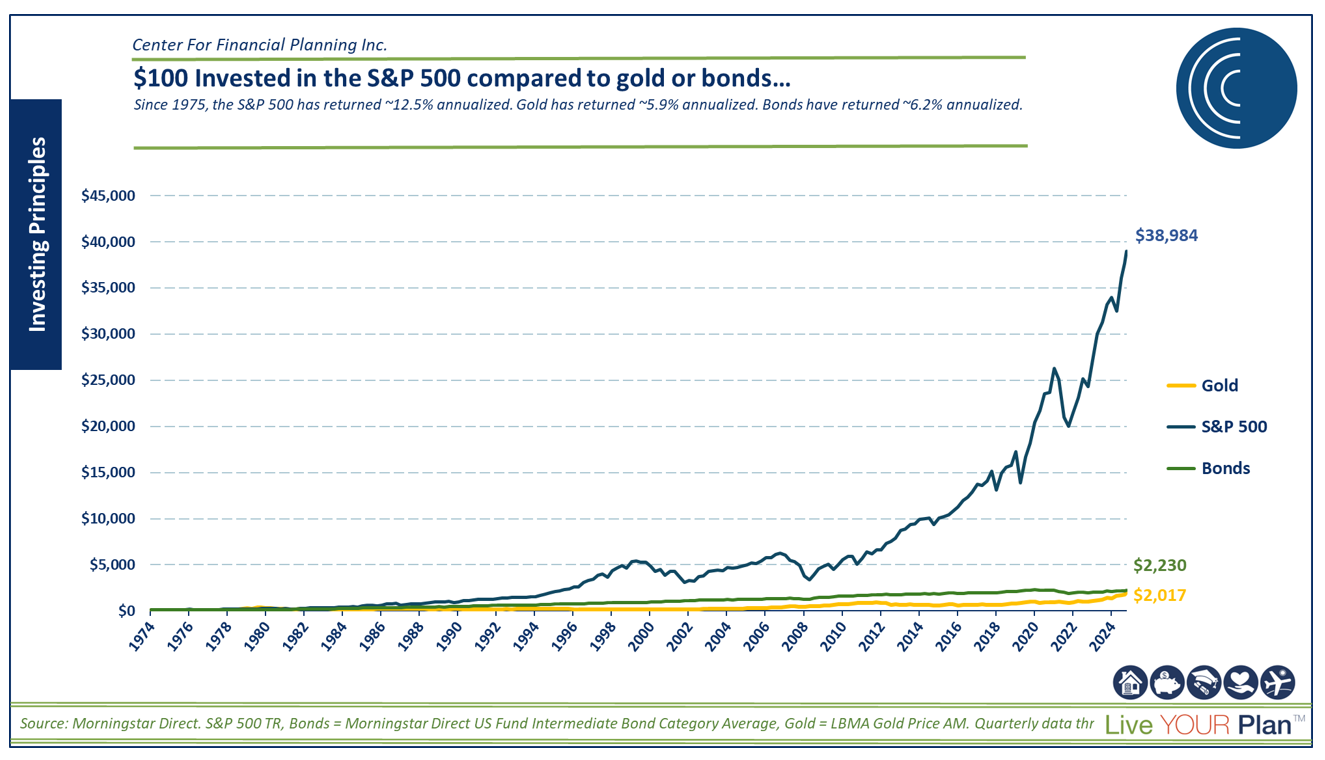 Contributed by: Robert Ingram, CFP®
Contributed by: Robert Ingram, CFP®
The IRS has rolled out the updated contribution limits for retirement plans and IRA accounts for 2026. There are some notable changes this year, including some higher ‘catch-up’ contributions for those looking to boost their savings. Here’s a quick look at some new contribution limits and adjustments to income eligibility limits for some contributions, as you plan for the year ahead.
Employer Retirement Plan Contribution Limits (401k, 403b, most 457 plans, and Thrift Saving)
$24,500 annual employee elective deferral contribution limit (increases $1,000 from $23,500 in 2025)
$8,000 extra “catch-up” contribution if age 50 and above (increases from $7,500 in 2025)
Total amount that can be contributed to the defined contribution plan, including all contribution types (e.g., employee deferrals, employer matching, and profit sharing), will be $72,000 or $78,000 if age 50 and above (increased from $70,000 or $77,500 for age 50+ in 2025)
*Special additional “catch-up” contribution for ages 60, 61, 62, and 63
Under a change made in SECURE ACT 2.0 a couple of years ago, starting this year in 2025, there is a higher catch-up contribution limit for employees who are age 60, 61, 62, or 63 who participate in the above plans.
Additional catch-up is $3,750 for 2025 in addition to the age 50 and over catch-up outlined above. Total catch-up contribution is $11,250 for those aged 60, 61, 62, and 63.
In 2026, this special additional catch-up contribution for those aged 60, 61, 62, or 63 remains the same as in 2025 (total catch-up of $11,250).
Traditional, Roth, SIMPLE IRA Contribution Limits:
Traditional and Roth IRA
$7,500 annual contribution limit (increases from $7,000 in 2025)
$1,100 “catch-up” contribution if age 50 and above (increases from $1,000 in 2025)
Note: The annual limit applies to any combination of Traditional IRA and Roth IRA contributions. (i.e. You would not be able to contribute up the maximum to a Traditional IRA and to up the maximum to a Roth IRA.)
SIMPLE IRA
$17,000 annual elective contribution limit (increases $500 from $16,500 in 2025)
$4,000 “catch-up” contribution if age 50 and above (increases from $3,500 in 2025)
*SECURE Act 2.0 also sets a higher “catch-up” contribution limit to a SIMPLE for those aged 60-63 )
Total catch-up contribution of $5,250 for ages 60, 61, 62, or 63 remains the same for 2026 as in 2025.
Traditional IRA Deductibility (income limits):
You may qualify to deduct contributions to a Traditional IRA from your taxable income. Your eligibility depends on factors such as your tax filing status, whether you or your spouse is covered by an employer-sponsored retirement plan, and your Modified Adjusted Gross Income (MAGI). The amount of a Traditional IRA contribution that is deductible reduces (“phased out”) as your MAGI approaches the upper limits of the phase-out range. For example,
Filing Single
You are covered under an employer plan
Partial deduction phase-out begins at $81,000 up to $91,000 (then above this, no deduction) compared to 2025 (phase-out: $79,000 to $89,000)
Married filing jointly
Spouse contributing to the IRA is covered under an employer plan
Phase-out begins at $129,000 to $149,000 compared to 2025 (phase-out: $126,000 to $146,000)
Spouse contributing is not covered by a plan, but the other spouse is covered under a plan
Phase-out begins at $242,000 to $252,000 compared to 2025 (phase-out: $236,000 to $246,000)
Roth IRA Contribution (income limits):
Similar to making tax-deductible contributions to a Traditional IRA, being eligible to contribute to a Roth IRA depends on your tax filing status and your income. Your allowable contribution reduces ("phased out") as your MAGI approaches the upper limits of the phase-out range. For 2026, the limits are as follows:
Filing Single or Head of Household
Partial contribution phase-out begins at $153,000 to $168,000 compared to 2025 (phase-out: $150,000 to $165,000)
Married filing jointly
Phase-out begins at $242,000 to $252,000 compared to 2025 (phase-out: $236,000 to $246,000)
If your MAGI is below the phase-out floor, you can contribute up to the maximum. Above the phase-out ceiling, you are ineligible for any partial contribution.
Remember, contributing to accounts such as a Traditional IRA or a Roth IRA also requires earned income. If you’re not eligible to contribute to a Roth IRA due to income limits or lack of earned income, strategies such as a Roth IRA conversion could be a smart alternative for some situations. Since conversions can have different tax implications, you should consult with your financial planner and tax advisor before implementing these strategies.
As always, if you have any questions surrounding these changes, don’t hesitate to contact us!
Have a wonderful holiday season and a great start to the New Year!
Robert Ingram, CFP®, is a CERTIFIED FINANCIAL PLANNER™ professional at Center for Financial Planning, Inc.® With more than 15 years of industry experience, he is a trusted source for local media outlets and frequent contributor to The Center’s “Money Centered” blog.
Any opinions are those of Bob Ingram, CFP® and not necessarily those of Raymond James. Securities offered through Raymond James Financial Services, Inc., member FINRA/SIPC. Investment advisory services are offered through Raymond James Financial Services Advisors, Inc.
The information contained in this report does not purport to be a complete description of the securities, markets, or developments referred to in this material. The information has been obtained from sources considered to be reliable, but we do not guarantee that the foregoing material is accurate or complete. Raymond James does not provide tax or legal services. Please discuss these matters with the appropriate professional.





















